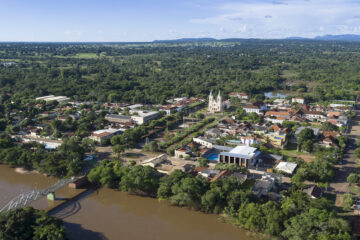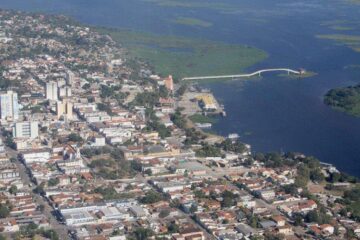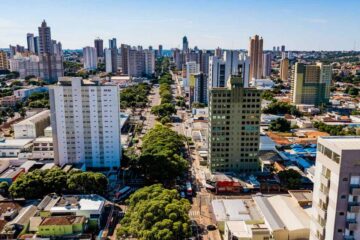Este post também está disponível em:
Português
English
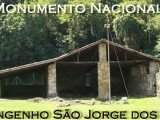
The São Jorge dos Erasmos Mill was the third sugar mill to be built in Portuguese America, in the center of the village of São Vicente, today in the São Paulo municipality of Santos.
It was probably built around 1534 by order of Martim Afonso de Sousa, the donee of the then Captaincy of São Vicente, along with the first Portuguese settlements in the area.
The Engenho is one of the most remarkable monuments of Brazil’s economic past, being the only one in the state of São Paulo. The monument has been listed by the Historical Heritage in all instances.
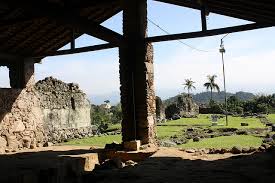
Engenho São Jorge dos Erasmos
According to historians, its foundation came along with the formation of the local settlement around 1534.
The grantee of the Captaincy of São Vicente, Martim Afonso de Sousa, founded the then called Engenho do Senhor Governador, or Armadores do Trato, with his brother Pedro Lopes and others, such as Johan Van Hielst, representative in Lisbon of the commercial house of the Schetz family, from Antwerp.
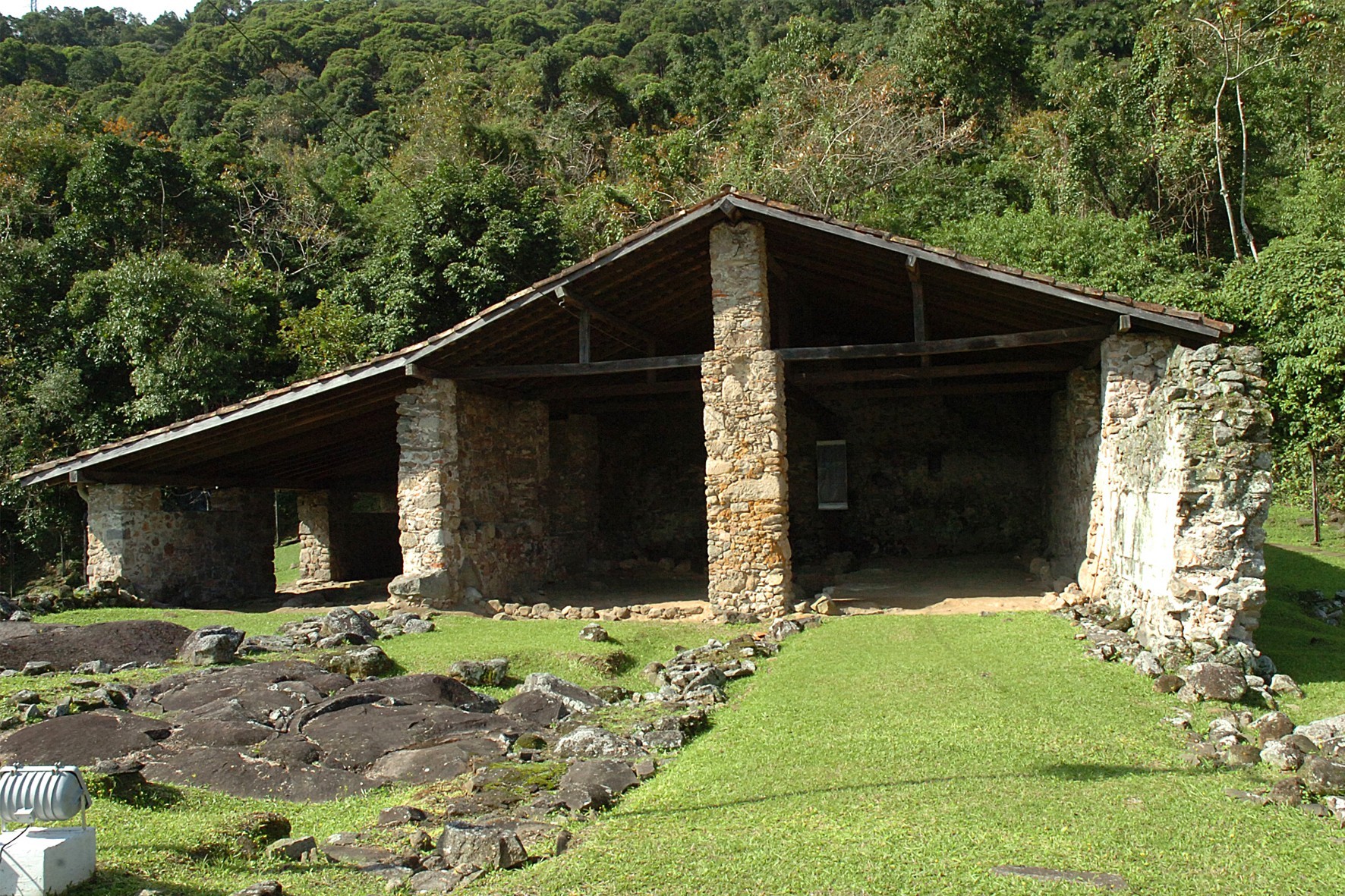
.
In the mid-1540s, after Martim Afonso de Sousa went to India, it was renamed Engenho São Jorge dos Erasmos both because of its buyers, called Erasmos Schetz of Antwerp and his children, and because of the São Jorge Chapel that existed on the site, which gave its name to the São Jorge neighborhood (Santos) that covers the area around the border in both the city of São Vicente and Santos.
The saint was one of the patron saints of Portugal at that time.
With good structure at the time, it was one of the first three mills to be built in Brazil, it had a water mill, chapel, mill house or mill, furnace house, boiler house or cobres and purge house.
The São Jorge dos Erasmos Mill also had a pasture next to the mill, which extended with ox carts that ran the way to the cane fields.

The mill was responsible for prospering the Captaincy of São Vicente and the sugar cane product, then spreading to other captaincies of Brazil, leveraging the country due to the fixation of the residents in the lands.
According to USP researchers, forms of sugar loaf were found under a layer of ash, probably from the 1615 fire caused by the Dutch pirate Joris Van Spilbergen due to the denial to give him the provision he needed.
In 1958, the land, located at Rua Alan Cíber Pinto nº 96, in Santos, was donated to USP by Octávio Ribeiro de Araújo, from the firm that urbanized Vila São Jorge, in order to preserve it on merit. Its facilities were restored and reopened in 2005.
The Ruins of Engenho São Jorge dos Erasmos are located on the border of the municipalities of Santos and São Vicente in the state of São Paulo, at the foot of Morro da Caneleira, in Santos and with its back to the sea, and make up an archaeological site.
Engenho São Jorge dos Erasmos was built in the newly founded town of São Vicente




